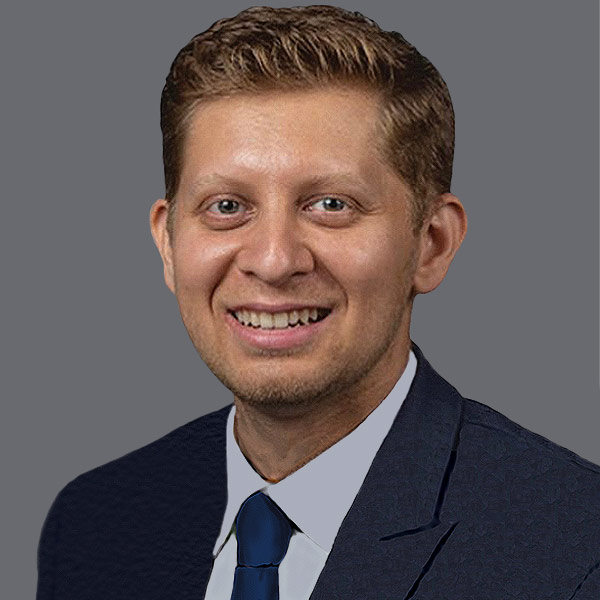"Can You Afford This Medication?" Physicians' Role in Combating Health Care Debt

I felt a pop in my right knee and crashed to the ground. I had seen this happen to some of my favorite athletes live on TV and knew it right away. It was a noncontact knee injury after planting my foot the wrong way. An MRI scan three days later confirmed a complete tear of my ACL and medial meniscus requiring surgery and extensive rehab recovery. I had just completed my fellowship training. I did not have health insurance at the time but felt reassured that as a soon-to-be specialist physician I would have the financial resources to afford the necessary medical treatment. Two years later, I had spent an unexaggerated amount of more than $10,000 in medical expenses for two surgeries, clinic visits, surprise bills, and numerous physical and sports therapy sessions. In addition, I had to regularly battle the health insurance company for initially declining the surgery, combating surprise bills and adding costs for an out-of-network physician. I experienced firsthand all the common pitfalls of our health care system. I despised the ugly side of being a patient.
Medical debt is a mounting catastrophe in the U.S. An estimated 100 million American adults face health care debt, and four out of 10 individuals admit to delaying or not getting medical care they need due to unaffordable costs1. Debt can lead to reduced health care use, have adverse effects on mental health and drain personal finances. A large portion of the population remains severely under- or uninsured; disproportionately targeting minorities and the poor. As premiums and deductibles continue to rise, fewer Americans can afford health care costs. As physicians, we see and experience the underbelly of an exploitative health care system and often feel helpless. Reducing inequities in access and outcomes will require difficult reforms, but physicians have a role to play at the grassroots level in direct patient care.
I believe it is time to routinely start incorporating cost considerations for our patients into medical decision-making. For example, asking patients questions such as, "Are the medications you are taking affordable for you?" The majority of our patients are retired on fixed monthly budgets. When we recommend tests or medications with marginal health benefits that put an undue burden on the patient's finances, we are providing care with a great disservice. Before prescribing non-generic medication, it is important to have an honest conversation with the patient and advise them of the true benefits. Include the patient in decision-making process. Not only does type of practice based on redundant ordering add to unnecessary downstream procedures, it is not shown to improve patient outcomes.
The U.S. spends twice as much on health care compared to most developed countries while outcomes and advances in the field do not reflect this expenditure. It is our duty as physicians to review clinical trials and weigh the costs of new therapy. This in no way should serve as a deterrence to advances in clinical research, most of which is done with benevolent goals. Our utmost duty is to do what is right by the patient.
As health care workers, we often feel miniscule within the giant medical-industrial complex. But we remain an integral core of this complex, with direct face-to-face impact on the most vulnerable in this system: our patients. Let's wholly take care of them!
References
- Lopes et al. Health Care Debt In The U.S. June 16, 2022. https://www.kff.org/report-section/kff-health-care-debt-survey-main-findings/

This article was authored by Rohan T. Mehta MD, FACC, a general cardiologist with Baylor Scott and White in Temple, TX. (Twitter: @rohan900)
This content was developed independently from the content developed for ACC.org. This content was not reviewed by the American College of Cardiology (ACC) for medical accuracy and the content is provided on an "as is" basis. Inclusion on ACC.org does not constitute a guarantee or endorsement by the ACC and ACC makes no warranty that the content is accurate, complete or error-free. The content is not a substitute for personalized medical advice and is not intended to be used as the sole basis for making individualized medical or health-related decisions. Statements or opinions expressed in this content reflect the views of the authors and do not reflect the official policy of ACC.

